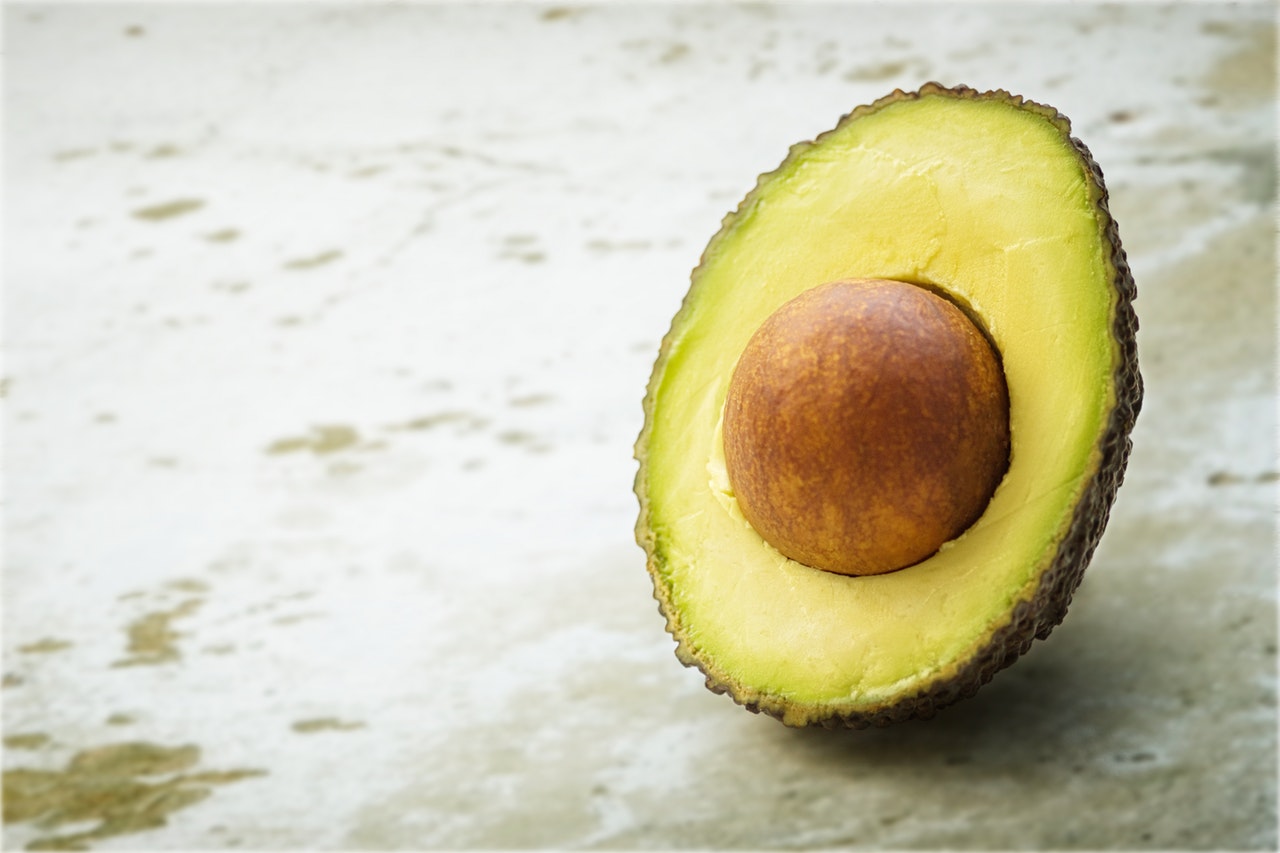Top of Mind News
- Negotiate Your Commercial Lease
- One Easy Way Restaurants Can Capture the Real Food Movement
- Two key factors that distinguish the changing landscape of food procurement today
- Trim Food Waste, Trim the Bottom Line
- Could Resy’s acquisition of Reserve threaten OpenTable’s reign?
- McRib Marketing: What We Can Learn From The Fast Food Franchise Giant
The Farm
Poultry
 Chicken production for the week ending October 27th fell 3.3% from the prior week but was .3% larger than the same week last year. The six-week moving average for chicken output ending October 27th stands at 1.2% more than 2017. Historically low chicken breast prices and the cheapest chicken wing prices for this time of year since 2013 are impacting margins. It is possible that the USDA’s forecast for Q4 chicken output to be 1.4% more than last year may be overstated. Chicken tender prices are at a record premium over chicken breasts which hints the downside risk for breasts is limited. The chicken wing markets have seasonally peaked but a big decline from here is not expected. U.S. September chicken exports were 11% more than 2017.
Chicken production for the week ending October 27th fell 3.3% from the prior week but was .3% larger than the same week last year. The six-week moving average for chicken output ending October 27th stands at 1.2% more than 2017. Historically low chicken breast prices and the cheapest chicken wing prices for this time of year since 2013 are impacting margins. It is possible that the USDA’s forecast for Q4 chicken output to be 1.4% more than last year may be overstated. Chicken tender prices are at a record premium over chicken breasts which hints the downside risk for breasts is limited. The chicken wing markets have seasonally peaked but a big decline from here is not expected. U.S. September chicken exports were 11% more than 2017.
Beef
 Last week cattle slaughter was roughly at 643k head which boosted beef production 1.1% above the prior week but was .7% below a year ago. Lighter carcass weights and seasonally fading fed cattle may temper expected beef output gains this month. USDA beef cutout values appear to be losing upward momentum and are anticipated to seasonally peak soon. Beef demand has been solid, but respectable negotiated forward beef sales may have a tough time keeping pace with year ago levels. Beef packers are expected to be aggressive cattle buyers in the coming weeks which should replenish beef supplies. This will help meet the rising beef demand which always occurs after the Christmas holiday.
Last week cattle slaughter was roughly at 643k head which boosted beef production 1.1% above the prior week but was .7% below a year ago. Lighter carcass weights and seasonally fading fed cattle may temper expected beef output gains this month. USDA beef cutout values appear to be losing upward momentum and are anticipated to seasonally peak soon. Beef demand has been solid, but respectable negotiated forward beef sales may have a tough time keeping pace with year ago levels. Beef packers are expected to be aggressive cattle buyers in the coming weeks which should replenish beef supplies. This will help meet the rising beef demand which always occurs after the Christmas holiday.
Pork
 Last week’s hog slaughter was estimated to be 6.1% more than last year, but pork production was up only 5.3% versus 2017. Lighter carcass weights tempered those production gains. September pork exports were up 2.6% (yoy) and were the largest for the month since 2012. Despite ongoing tariffs, Mexico remained the top U.S. export partner, accounting for 30% of the total month’s export sales. Although export demand remains strong, big year-over-year gains in pork output is expected to influence the various pork markets lower in the coming weeks.
Last week’s hog slaughter was estimated to be 6.1% more than last year, but pork production was up only 5.3% versus 2017. Lighter carcass weights tempered those production gains. September pork exports were up 2.6% (yoy) and were the largest for the month since 2012. Despite ongoing tariffs, Mexico remained the top U.S. export partner, accounting for 30% of the total month’s export sales. Although export demand remains strong, big year-over-year gains in pork output is expected to influence the various pork markets lower in the coming weeks.
The Sea
Seafood
 The salmon markets remain stubbornly above year ago levels due in part to strong demand. During September, U.S. salmon imports were 10.3% more than the previous year. The continued strong dollar should only encourage salmon imports in the coming months. This should temper the upside in the salmon markets as well as various other seafood products.
The salmon markets remain stubbornly above year ago levels due in part to strong demand. During September, U.S. salmon imports were 10.3% more than the previous year. The continued strong dollar should only encourage salmon imports in the coming months. This should temper the upside in the salmon markets as well as various other seafood products.
The Garden
Produce
 The 2018 fall potato harvest season is almost over. As of November 4th, the Idaho harvest was complete while the Washington harvest had reached 97%. The total U.S. fall harvest is called to be nearly 4% bigger than last year. This factor should temper the seasonal upside potential for potato prices in the coming months. Typically, the 70 count Idaho potato market is sideways through December. But the five-year average move from January through May is an increase of 67%. Tomato prices may be flattish through December as well.
The 2018 fall potato harvest season is almost over. As of November 4th, the Idaho harvest was complete while the Washington harvest had reached 97%. The total U.S. fall harvest is called to be nearly 4% bigger than last year. This factor should temper the seasonal upside potential for potato prices in the coming months. Typically, the 70 count Idaho potato market is sideways through December. But the five-year average move from January through May is an increase of 67%. Tomato prices may be flattish through December as well.
The Kitchen Sink
Dairy
 CME butter prices have firmed modestly due largely to holiday season demand. Butter production during September was down .1% from last year. U.S. butter inventories however are ample for this time of year and may limit the remaining seasonal price gains. Since 2013, the average price move for spot butter during the next five weeks, including this week, was up 8.4%. The CME cheese markets have been choppy recently. Yet, the cheese block price premium over barrels has tightened. Since 2013, the average price move for cheese blocks in the next seven weeks was down 13%.
CME butter prices have firmed modestly due largely to holiday season demand. Butter production during September was down .1% from last year. U.S. butter inventories however are ample for this time of year and may limit the remaining seasonal price gains. Since 2013, the average price move for spot butter during the next five weeks, including this week, was up 8.4%. The CME cheese markets have been choppy recently. Yet, the cheese block price premium over barrels has tightened. Since 2013, the average price move for cheese blocks in the next seven weeks was down 13%.
Grains
 China continues to limit soybean imports from the U.S. During September, the amount of U.S. soybeans exported to China accounted for just over 2% of exports the previous year. This is weighing heavy on the soybean markets. Trade negotiations between the countries will occur later this month. If a deal is reached, it would support prices.
China continues to limit soybean imports from the U.S. During September, the amount of U.S. soybeans exported to China accounted for just over 2% of exports the previous year. This is weighing heavy on the soybean markets. Trade negotiations between the countries will occur later this month. If a deal is reached, it would support prices.
Oil
 Diesel fuel futures have weakened modestly over the last week. The EIA’s most recent weekly national average retail price was $3.338 per gallon which is 15.8% higher than a year ago. Diesel fuel prices usually seasonally fade during November.
Diesel fuel futures have weakened modestly over the last week. The EIA’s most recent weekly national average retail price was $3.338 per gallon which is 15.8% higher than a year ago. Diesel fuel prices usually seasonally fade during November.






